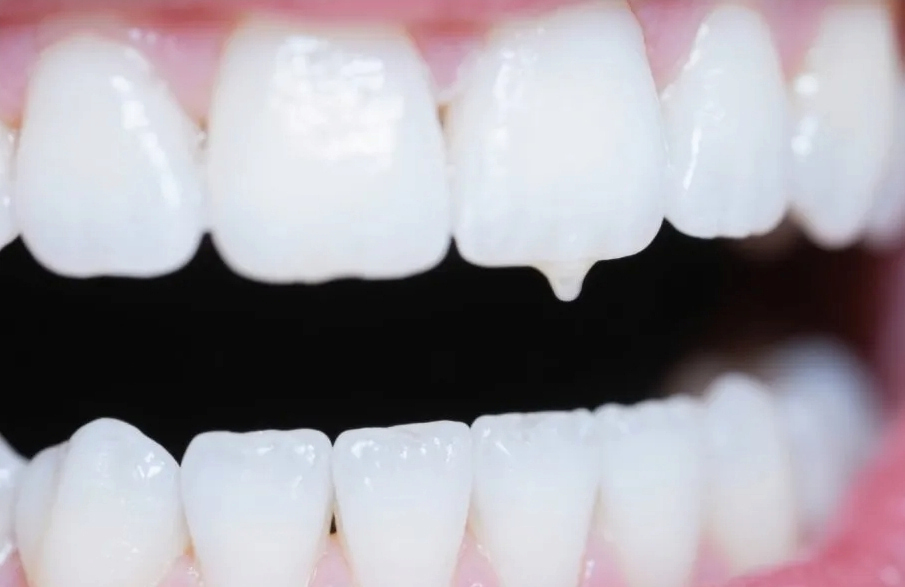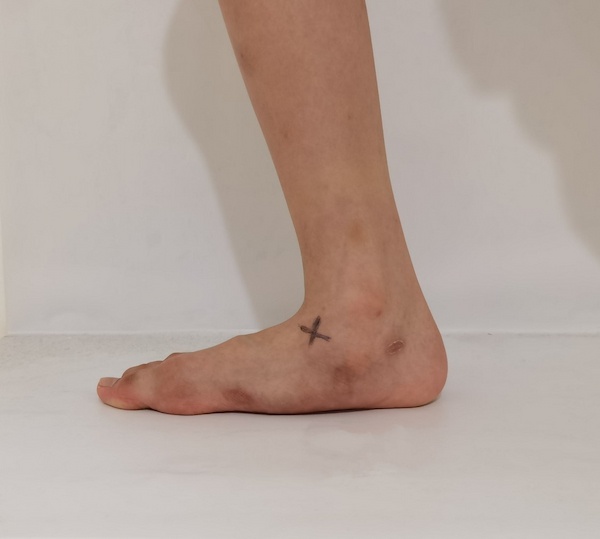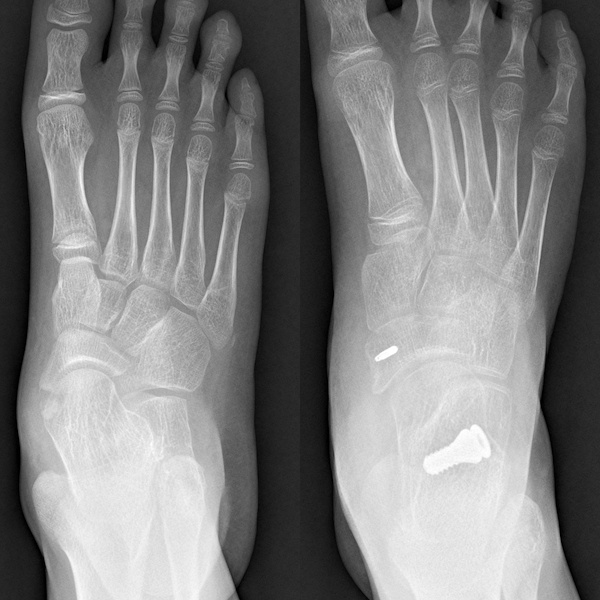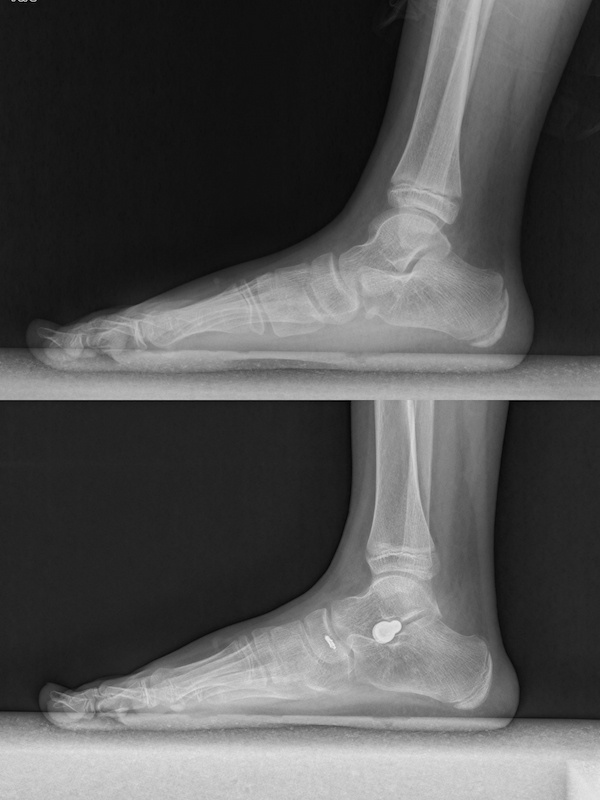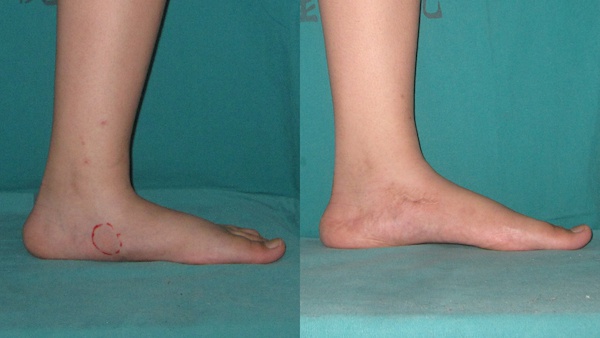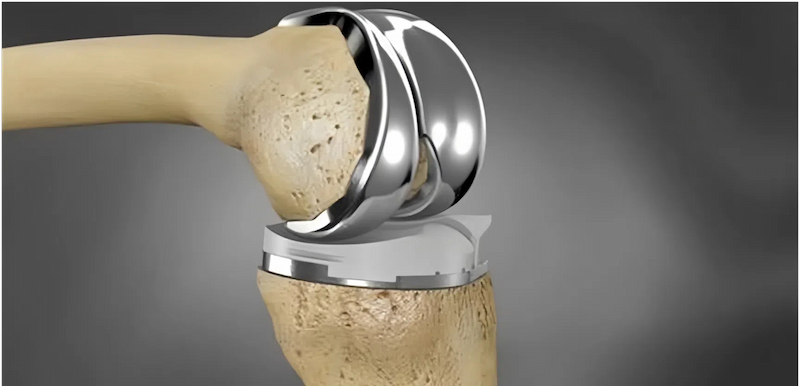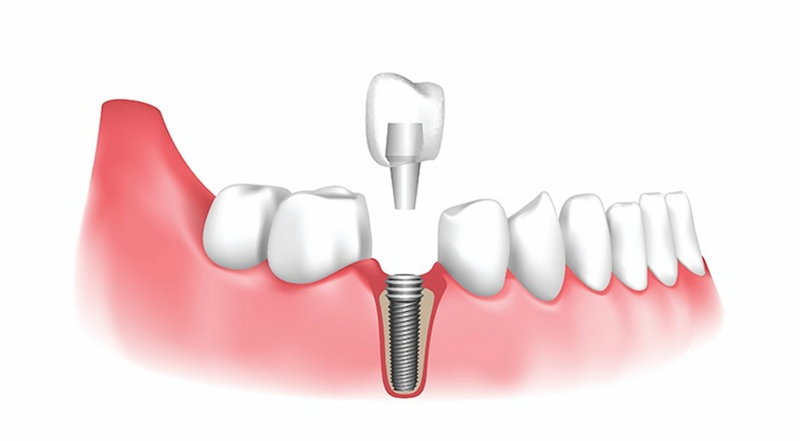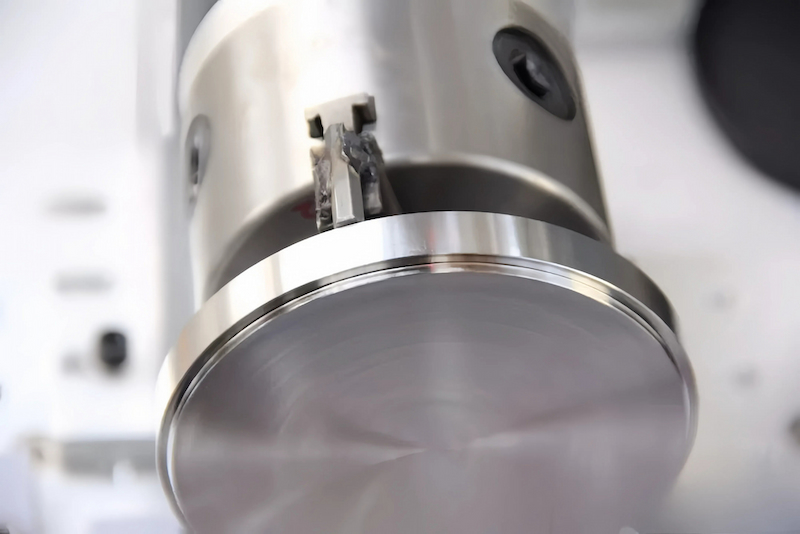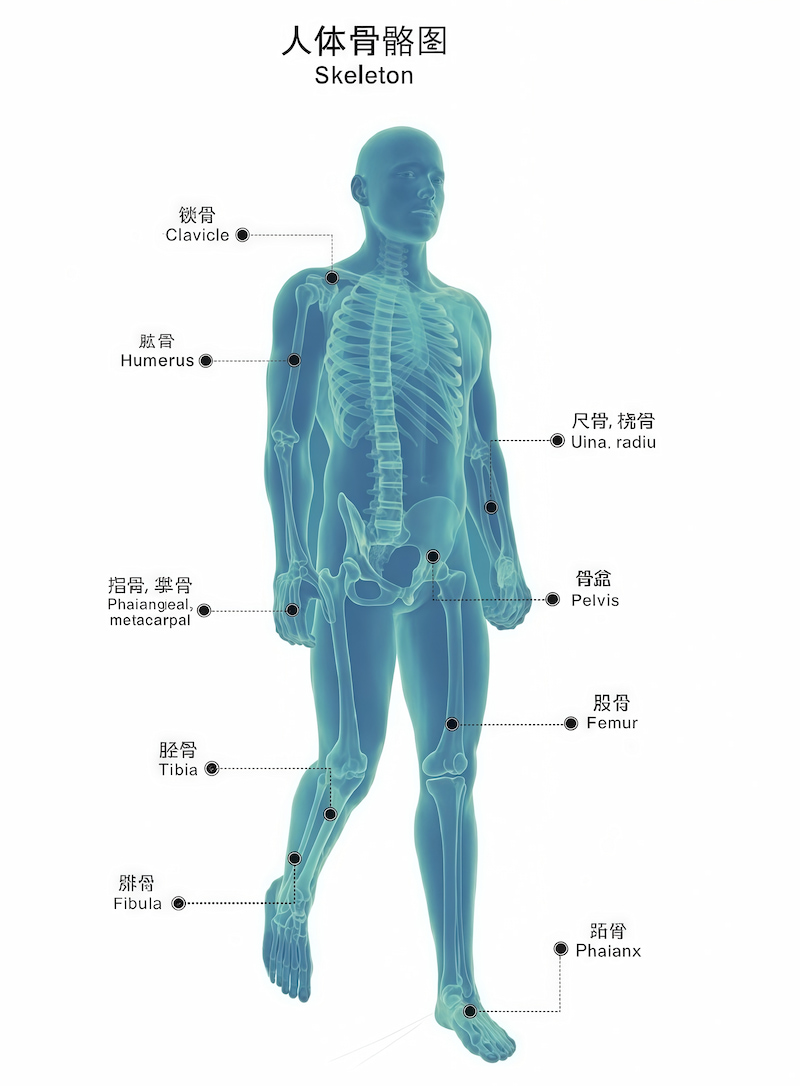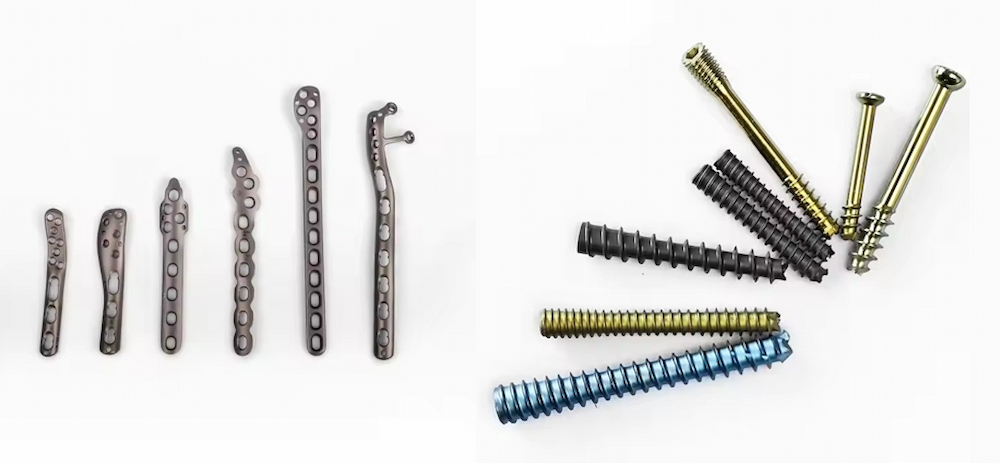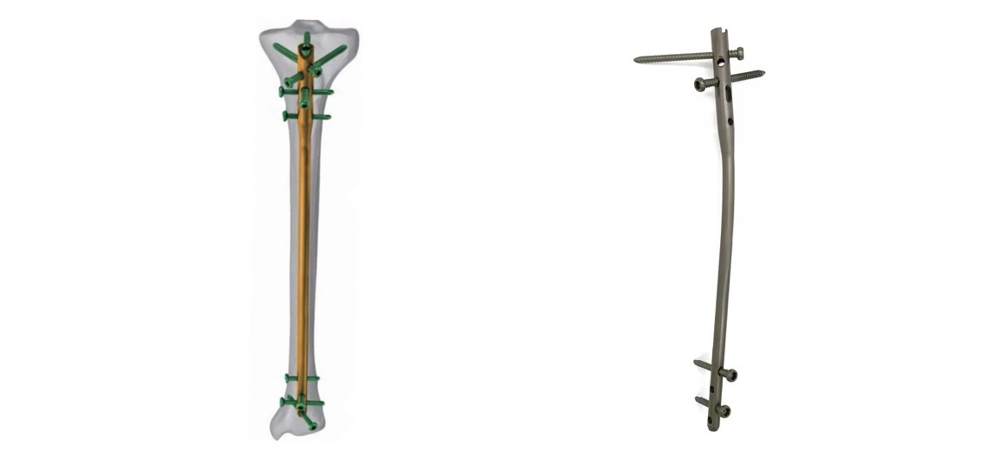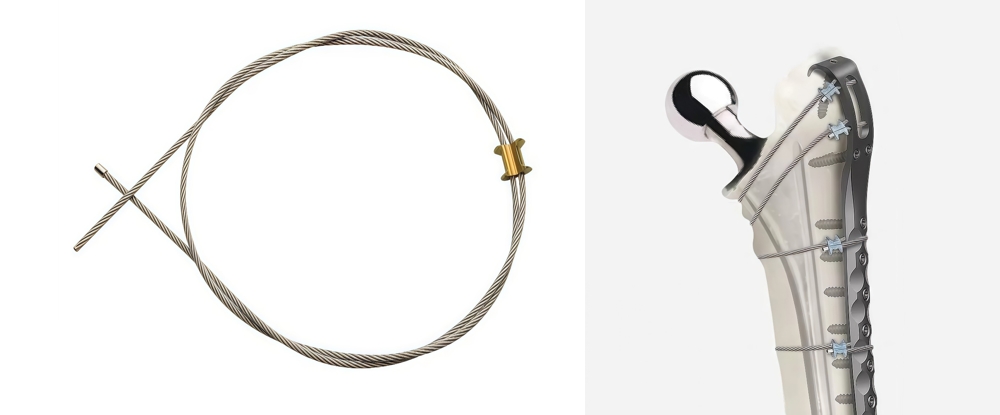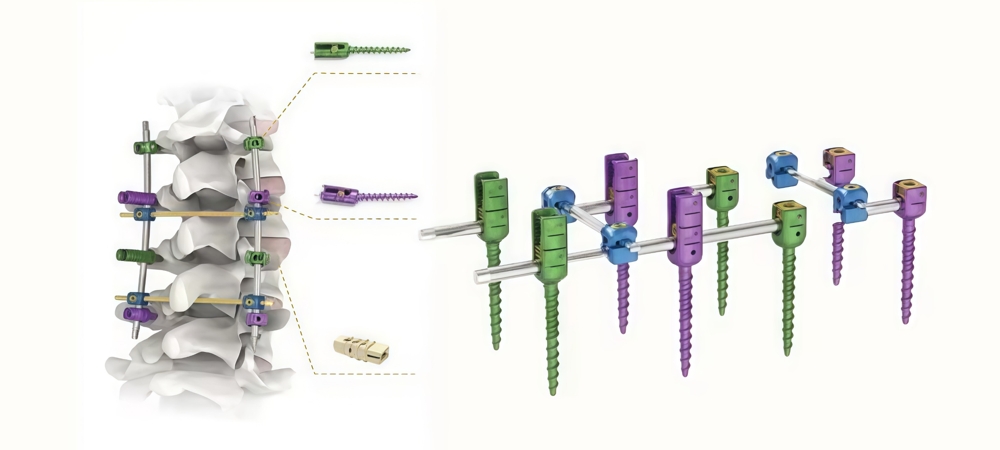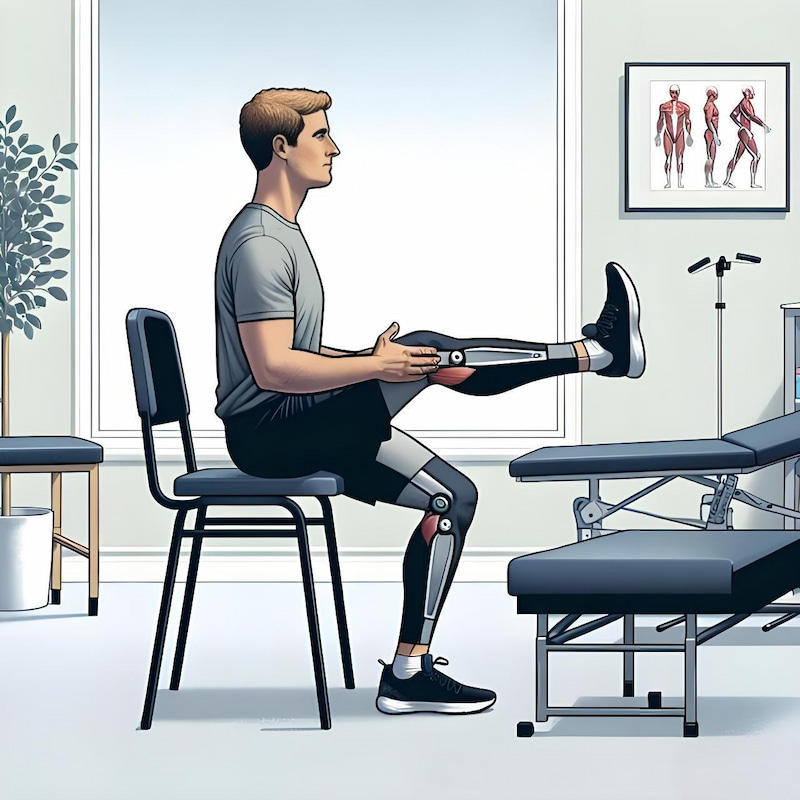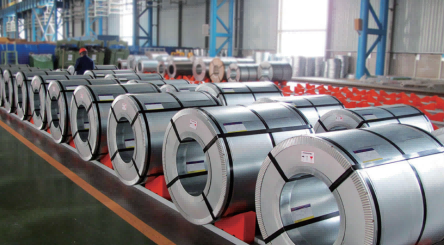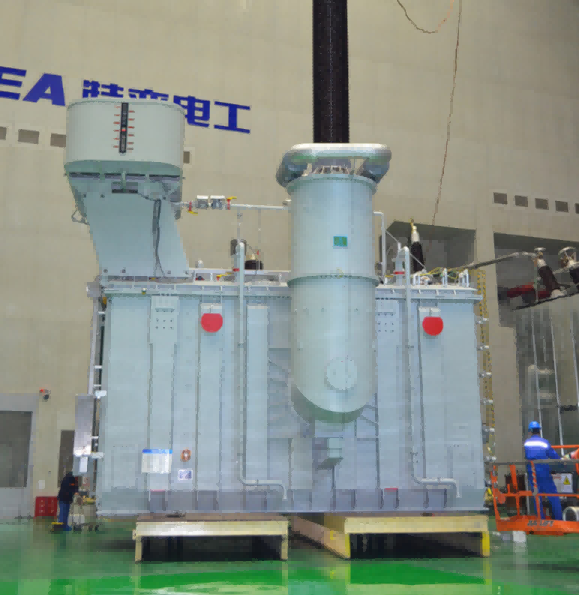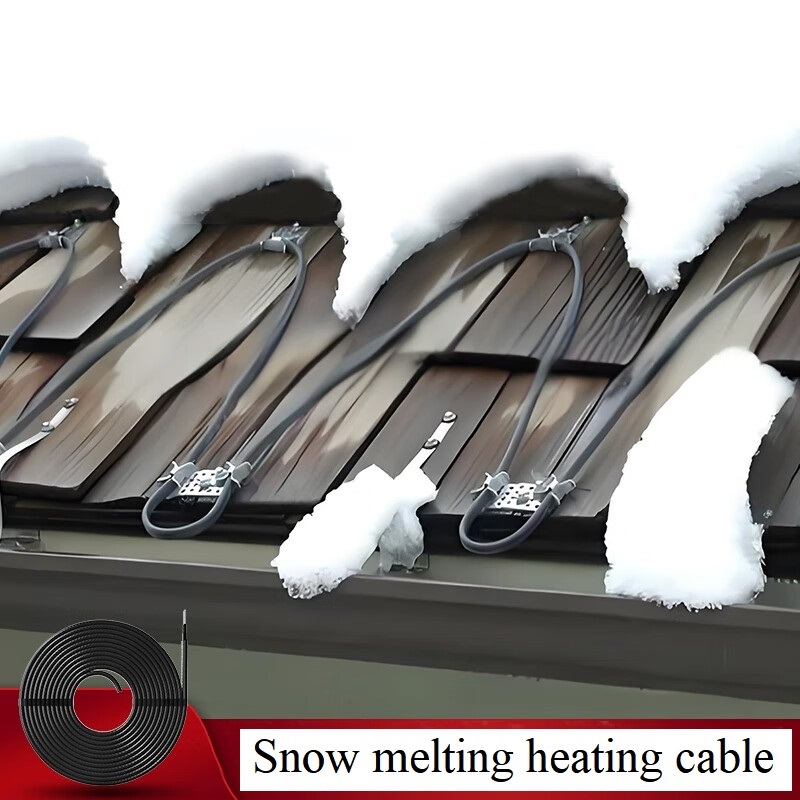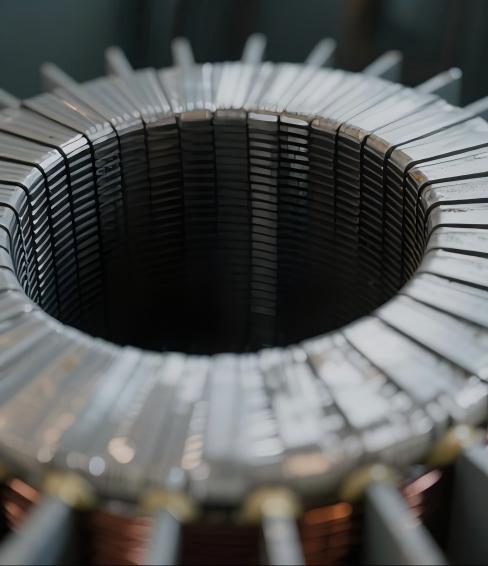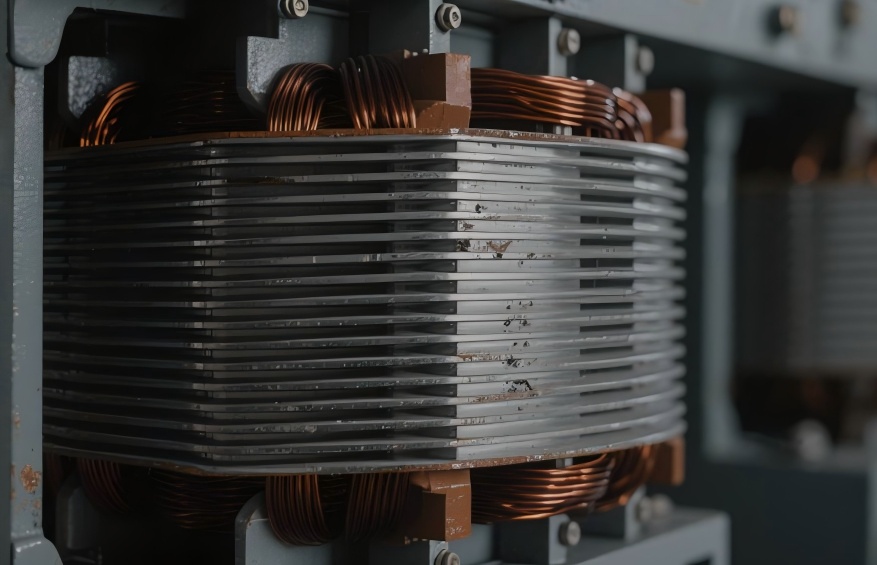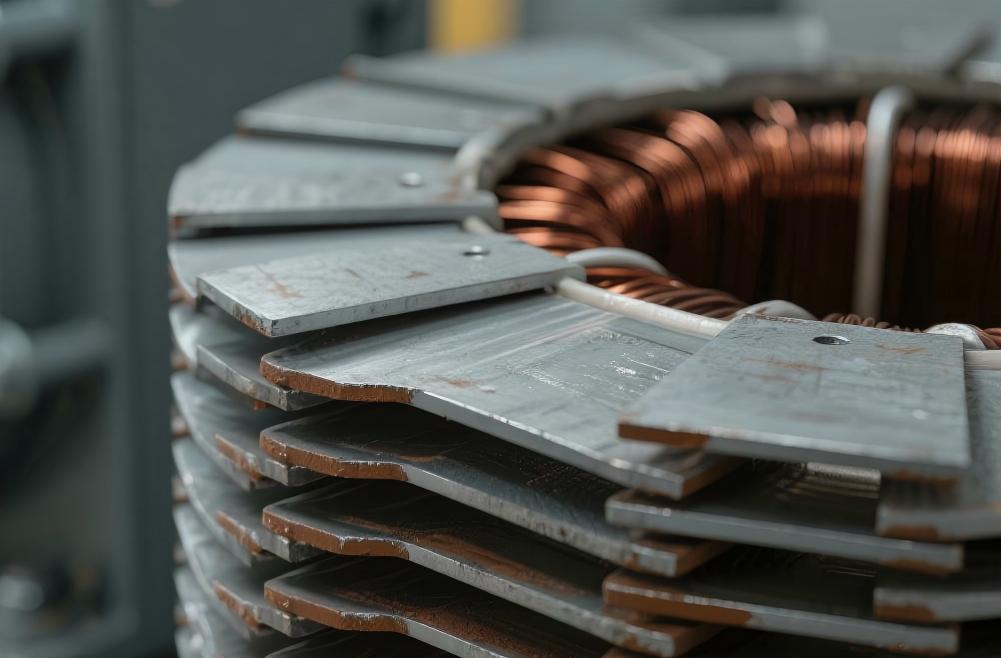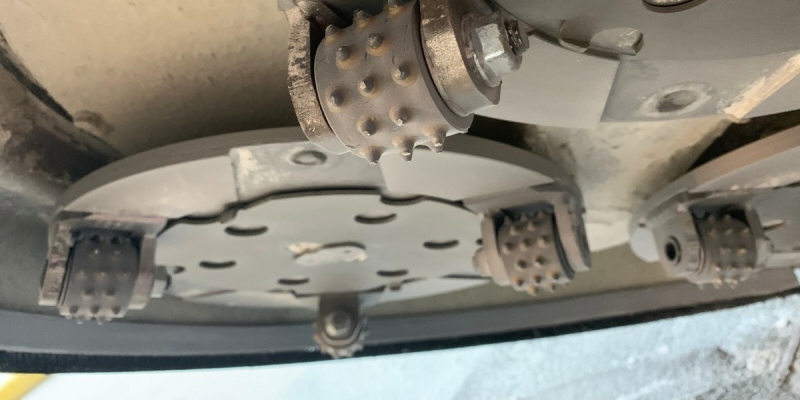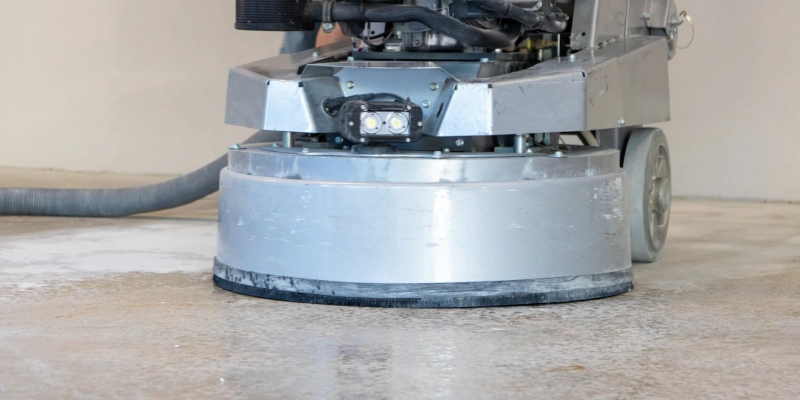How to Choose the Right Dental Implant Brand in 2025? Here’s the Complete Guide
In modern dental treatment, implants have become the mainstream solution for missing teeth. However, with dozens of implant brands on the market—ranging from $400 to $4,000—the differences in stability, durability, and post-op recovery can be significant. Choosing the right implant brand is a crucial step every patient must take seriously before surgery.
This article will walk you through:
- Why implant brand selection is so important
- The 5 most trusted dental implant brands in 2025
- How to choose a brand based on your oral condition
- Which implants you should absolutely avoid
✅ Osseointegration determines long-term stability
Top-tier brands feature advanced implant designs and surface treatments that promote strong bonding with the jawbone, significantly reducing the risk of implant loosening or inflammation.
✅ Huge difference in lifespan
Premium implants can last 15–20+ years, and many even function well after 25 years. In contrast, low-quality, uncertified implants may fail within just 5 years.
✅ Vastly different recovery experiences
High-quality implants allow for smaller incisions, faster healing, and even immediate loading in some cases. Cheap implants often lead to swelling, infections, or even surgical failure.
✔ Right brand = One implant, a lifetime of peace of mind
❌ Wrong brand = Wasted money, painful re-surgery, and long-term risk
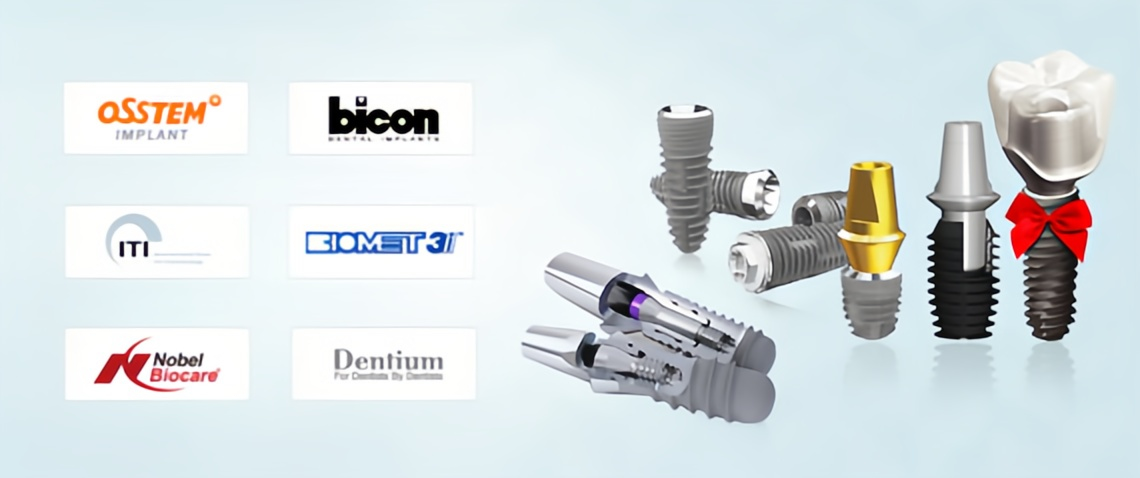
1️. Straumann (Switzerland)
The “Rolls-Royce” of dental implants
- Strengths: Highest global clinical data, fastest osseointegration (as little as 3–4 weeks), longest track record of longevity
- Ideal for: Patients with a generous budget seeking maximum long-term stability
- 2025 Innovation: BLX superhydrophilic surface increases healing speed by 30%
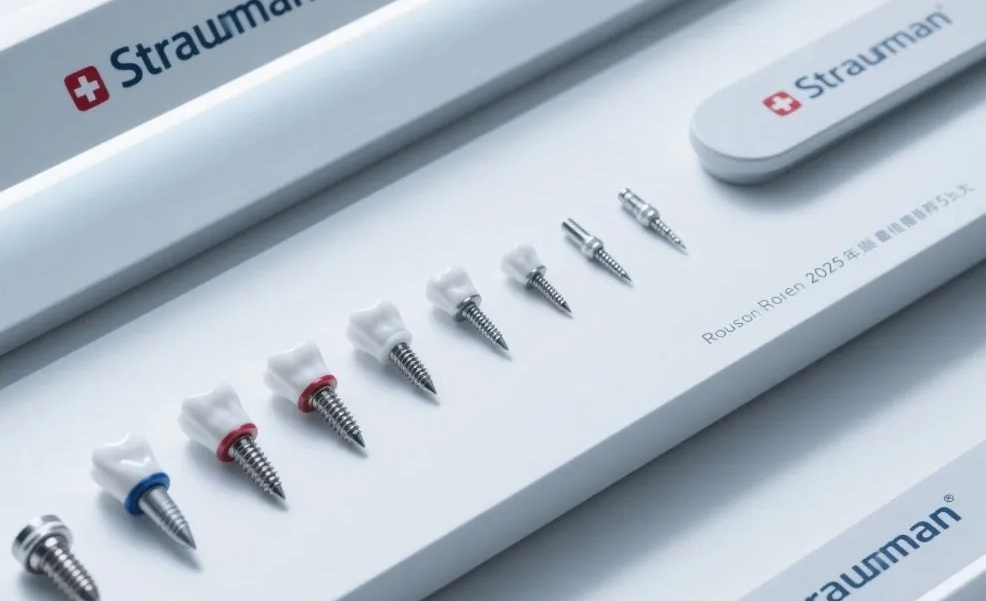
2️. Nobel Biocare (Sweden)
The “Tesla” of digital implantology
- Strengths: Ideal for immediate implant placement with excellent digital navigation support
- Ideal for: Busy professionals who need fast recovery
- 2025 Innovation: Active series with smart bite-force detection to prevent post-op overload

3️. Osstem (South Korea)
The unbeatable value-for-money champion
- Strengths: Affordable price point with clinically proven performance rivaling Western brands
- Ideal for: Budget-conscious patients who still want reliable quality
- 2025 Upgrade: UTM surface treatment now offers osseointegration rates close to Straumann

4️. Camlog (Germany)
German precision built for complex cases
- Strengths: Reliable design for patients with poor bone quality or density
- Ideal for: Those requiring bone grafts or with underlying oral health issues
- 2025 Highlight: New ProMatrix bio-mimetic coating to encourage natural bone growth
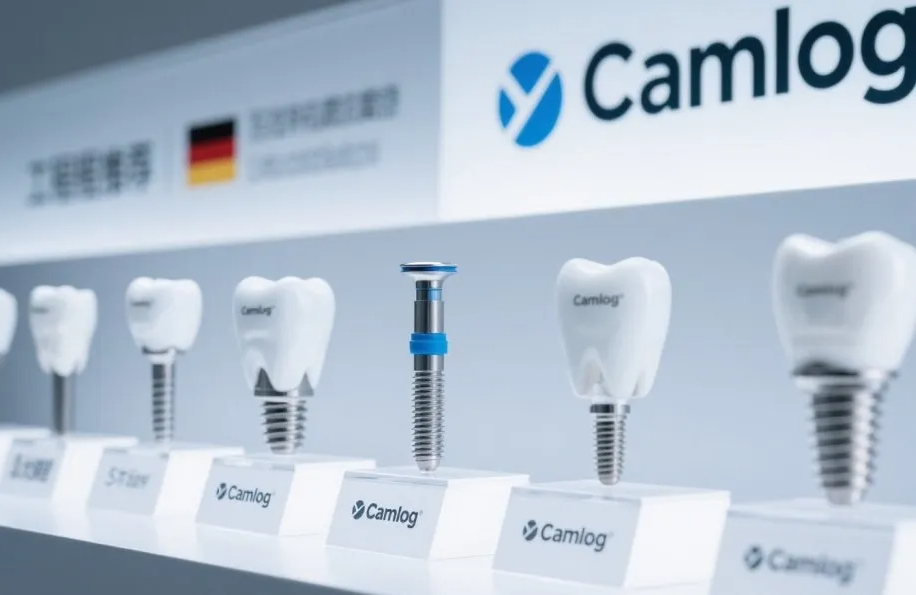
5️. Zimmer Biomet (USA)
Built for active, high-chewing-force users
- Strengths: High resistance to impact, ideal for those who frequently chew hard foods
- Ideal for: Food lovers who enjoy nuts, beef, and other dense foods
- 2025 Innovation: TSV wide-thread design improves implant stability by 50%
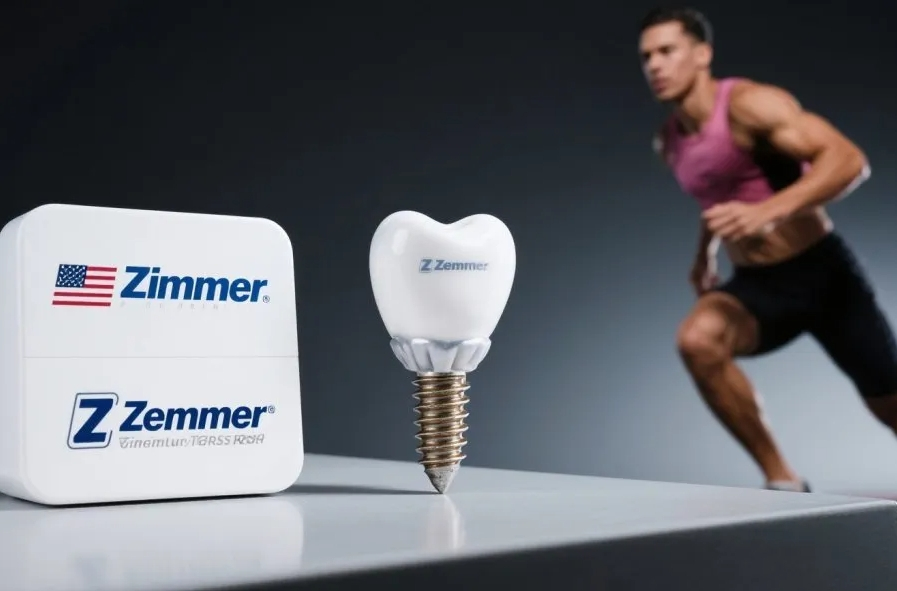
Everyone’s mouth is different—don’t just follow trends. Your unique oral condition should guide your choice:
|
Your Situation |
Recommended Brand |
Why? |
|
Thin bone or low bone density |
Camlog (Germany) |
Excellent stability and bone integration |
|
Need fast recovery |
Nobel Biocare (Sweden) |
Immediate loading & digital precision |
|
Looking for long-term peace of mind |
Straumann (Switzerland) |
Industry-leading durability |
|
Limited budget but want reliability |
Osstem (Korea) |
Affordable without compromising quality |
|
Strong bite force, eat hard foods |
Zimmer Biomet (USA) |
Designed to handle tough chewing demands |
⚠️ Unregistered or Refurbished Implants
- No license, no certification, no clinical data
- May appear cheap but come with major risks—high failure rates, infections, early loosening
⚠️ Non-official sales channels
- Some low-cost group-buy “implant deals” may use counterfeit or re-used implants instead of reputable brands
🦷 Dental implants are a semi-permanent medical procedure. Always choose certified brands and get treatment from licensed dental institutions.
5. Final Thoughts: Don’t Be Fooled by Low Prices
Getting dental implants is a long-term investment in your health, comfort, and quality of life. A good implant isn’t just a fake tooth—it’s a secure, functional tooth replacement you rely on every day.
✅ Certified clinic + Right brand + Personalized treatment = One implant, ten years (or more) of confidence
If you’re unsure which brand suits your condition best, it’s always recommended to consult a professional dental specialist. They can assess your oral health and suggest the most appropriate implant solution for you.
